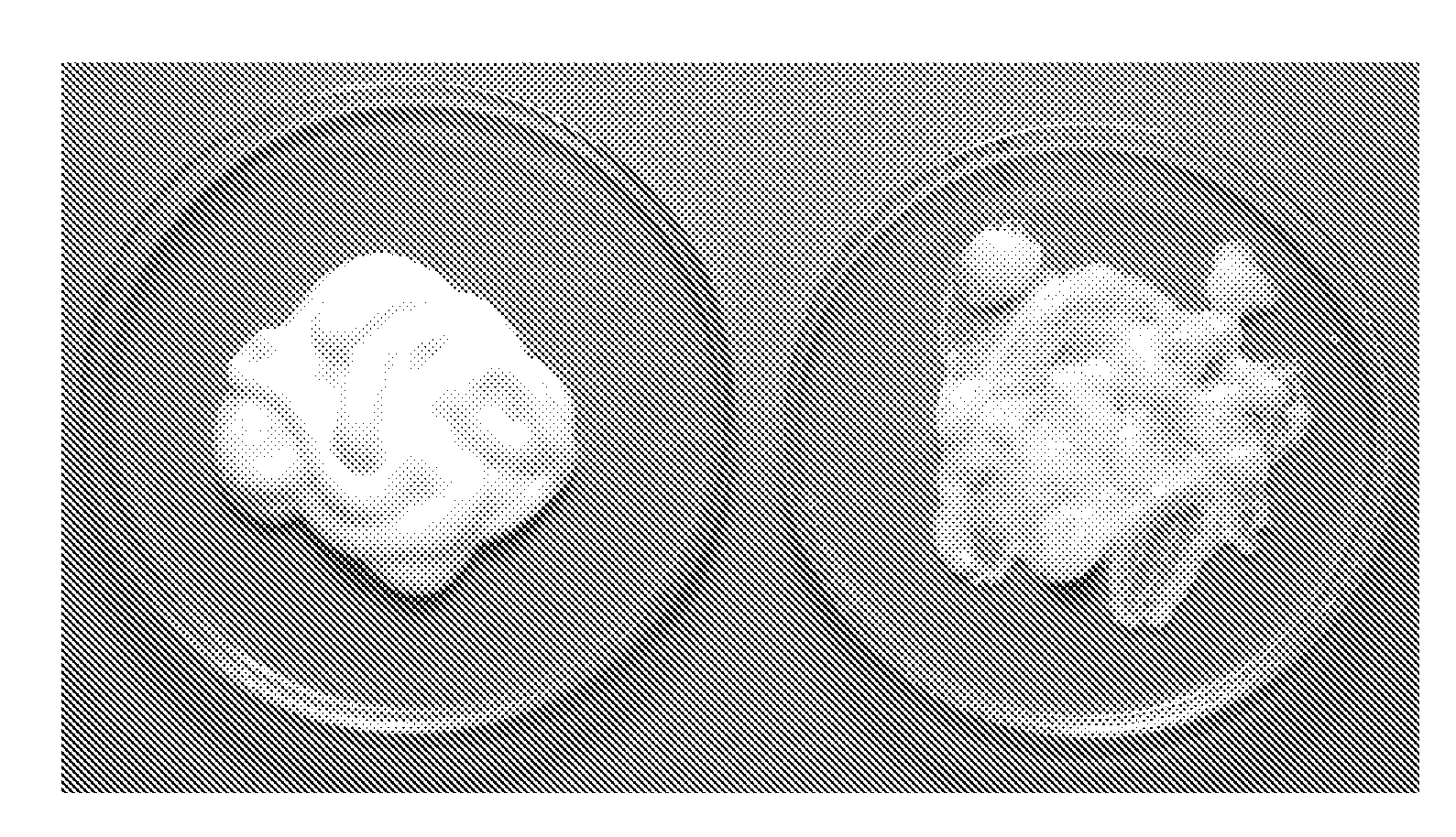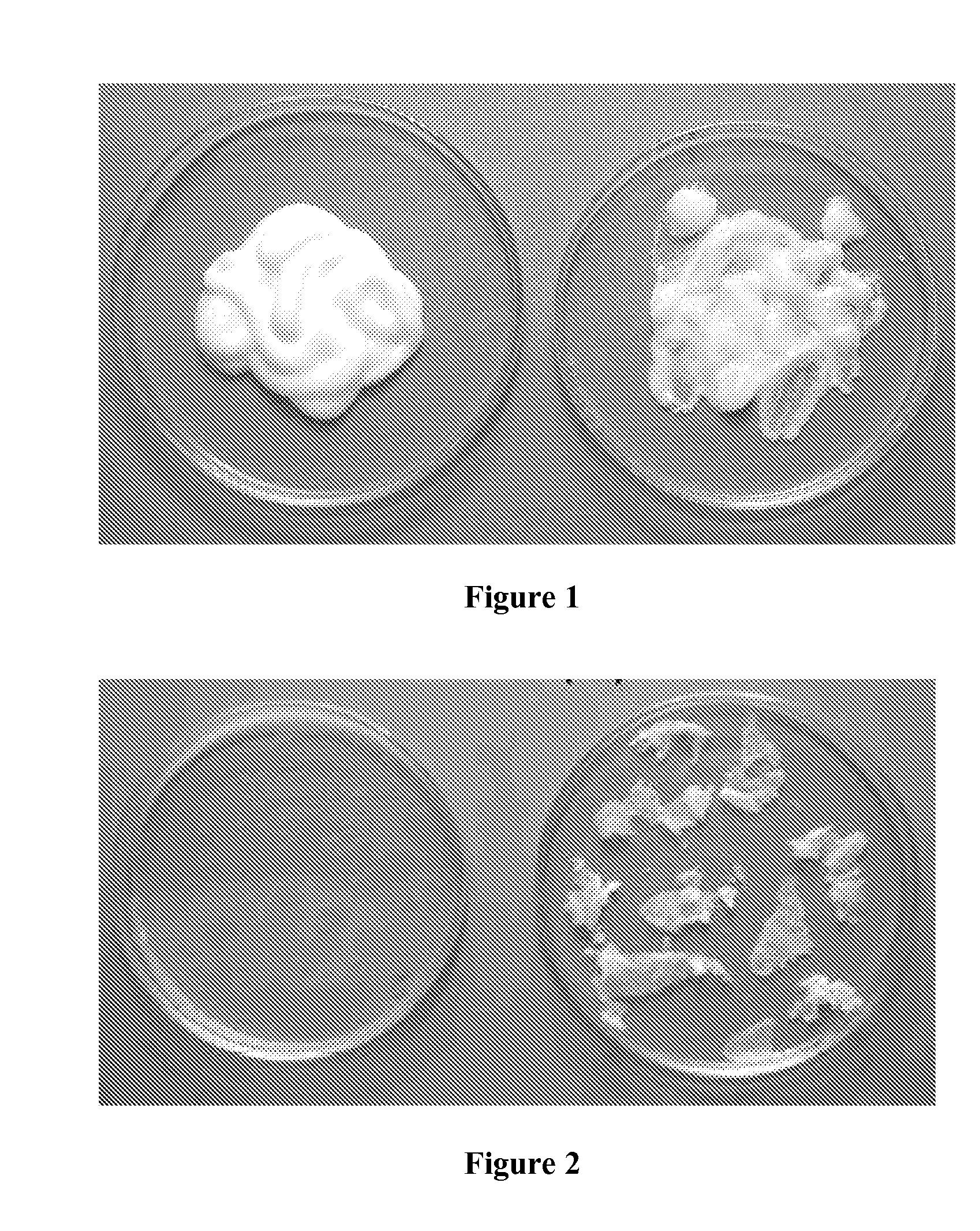Medicinal fusidic acid cream made using sodium fusidate and incorporating a biopolymer, a corticosteroid, and an antifungal agent, and a process to make it.
a technology of fusidic acid and sodium fusidate, which is applied in the field of medicinal fusidic acid cream made using sodium fusidate and incorporating a biopolymer, a corticosteroid, and an antifungal agent, and a process to make it, and achieves the effect of great shelf-life stability
- Summary
- Abstract
- Description
- Claims
- Application Information
AI Technical Summary
Benefits of technology
Problems solved by technology
Method used
Image
Examples
example
[0261]
TABLE 8Composition: Fusidic acid 2% (equivalent of Sodium Fusidate2.08% w / w) + Hydrocortisone acetate (1% w / w) + Clotrimazole(1% w / w) + Chitosan 0.25% (w / w) CreamS. NoIngredientsSpecification% (w / w)1Sodium FusidateBP2.082Hydrocortisone acetateIP13ClotrimazoleIP14ChitosanUSP / NF0.255Lactic acidIP0.16White soft ParaffinIP12.57Cetostearyl AlcoholIP12.58Polyoxyl 20 Cetostearyl etherUSP0.5(Cetomacrogol 1000)9Polysorbate 80IP210Benzoic AcidIP0.211Disodium EdetateIP0.112Disodium HydrogenIP1Orthophosphate anhydrous13Propylene GlycolIP3514Butylated Hydroxy TolueneIP0.01151M Nitric Acid SolutionIP416Purified waterIP28
[0262]Product: Sodium Fusidate+Hydrocortisone Acetate+Clotrimazole Cream
[0263]PACK: Aluminum Collapsible tube[0264]Composition: Each gm contains: i) Sodium Fusidate BP equivalent to Fusidic Acid BP 2.0%[0265]ii) Hydrocortisone Acetate IP 1.0%[0266]iii) Clotrimazole IP 1.0%
TABLE 9Description Test, Batch No. HSC-01Measured parameter: Physical appearanceBest value of measured p...
PUM
 Login to View More
Login to View More Abstract
Description
Claims
Application Information
 Login to View More
Login to View More - R&D
- Intellectual Property
- Life Sciences
- Materials
- Tech Scout
- Unparalleled Data Quality
- Higher Quality Content
- 60% Fewer Hallucinations
Browse by: Latest US Patents, China's latest patents, Technical Efficacy Thesaurus, Application Domain, Technology Topic, Popular Technical Reports.
© 2025 PatSnap. All rights reserved.Legal|Privacy policy|Modern Slavery Act Transparency Statement|Sitemap|About US| Contact US: help@patsnap.com


